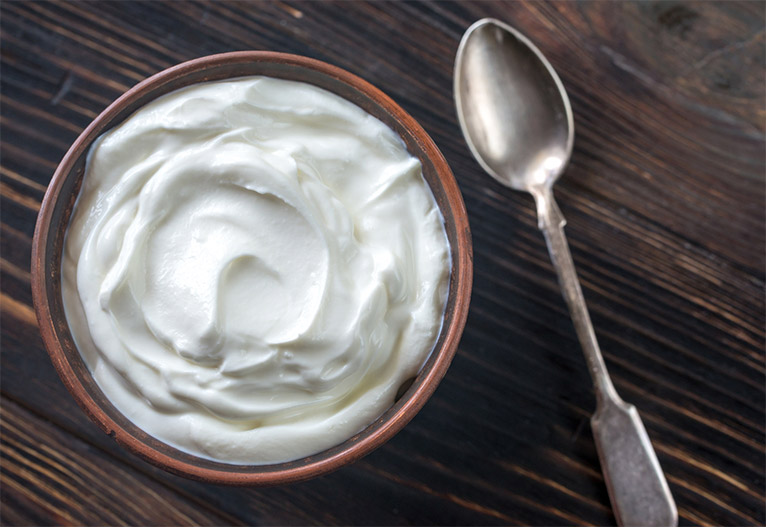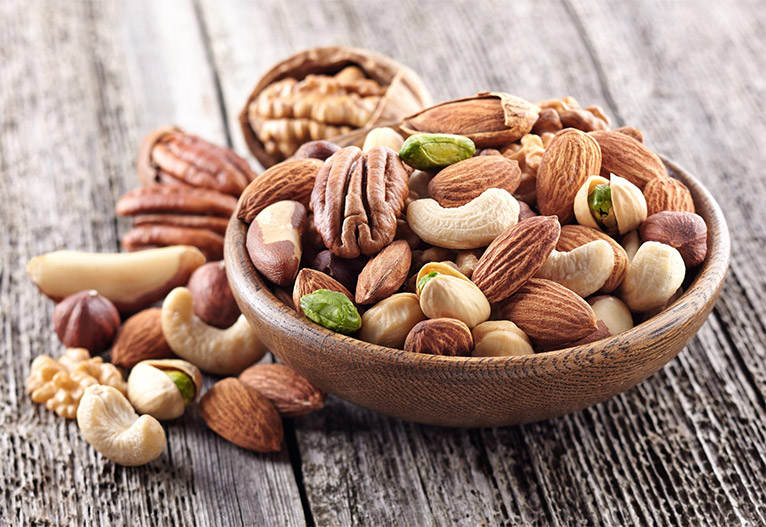Health star ratings are a common feature on grocery items, but how reliable are they? We asked a health industry expert for her thoughts on food ratings and where their shortfalls lie.

Veronika Larisova is an Accredited Exercise Physiologist and Registered Nutritionist with nearly two decades of experience in the health and fitness industry. As a Strength Coach and Personal Trainer, she specialises in evidence-based training and nutrition strategies designed to improve body composition, metabolic health and athletic performance.
Veronika is also a respected educator and keynote speaker, regularly sharing her expertise on nutrition, strength training, endurance performance and holistic health. As the co-founder of Chief Nutrition, she has played a key role in developing high-quality, whole-food snacks that support active lifestyles without compromising on nutrition.

We live in an era where 42% of the Australian diet consists of ultra-processed foods and food packaging is valuable advertising real estate. Manufacturers can say anything on the front of packages, as long as they aren’t claiming to cure a disease.
Consumers are too busy to flip the packet and inspect the ingredients list written in microscopic letters, nor do they have a degree in chemistry to understand it. This is one of the main reasons why the nation is becoming increasingly ill. According to the Australian Bureau of Statistics, 66% of Australians are overweight or obese, and nearly half of the country has a chronic disease.

What is Australia’s Health Star Rating (HSR) system?
The Health Star Rating (HSR) system was introduced in Australia in 2014 as a voluntary labelling scheme. It aimed to help combat rising obesity and chronic disease. But it was also used to simplify nutrition information, prompt production of healthier products and encourage healthier eating.
The HSR is calculated by food manufacturers and a rating between ½ and 5 is awarded and displayed on the front of the packaging for comparison between similar products. For example, you can use it to compare two different brands of snack bars, but you shouldn’t use it to compare chips to yoghurt because the calculation methods vary between products. Nevertheless, 5 represents the healthiest option.
Is the Health Star Rating (HSR) system reliable?
The reasoning behind the HRS system makes sense. However, the system itself has several well-documented flaws that undermine its credibility and usefulness for guiding healthier food choices. Some of these flaws are minor, while others are concerning.
So what are the flaws with the Health Star Rating (HSR) system? Let’s take a closer look:
Overemphasis of nutrients
First of all, the profiling algorithm overemphasises nutrients (energy, sugar, sodium, saturated fat versus fibre, protein, and fruit/veg/nut content) with little regard for food quality. This allows ultra-processed foods with added fibre or protein (like protein bars or breakfast cereals) to receive high star ratings, even if they’re low in actual food quality and contain unhealthy synthetic additives. And that’s precisely how full-fat natural Greek yoghurt has 2.5-3 stars and low-fat flavoured yoghurt has 5 stars!
As a nutritionist, I would always recommend a full-fat, unflavoured yoghurt (a whole, fermented food beneficial for your gut microbiome) over a low-fat, flavoured yoghurt (an ultra-processed food full of artificial additives and sugar, which can harm the microbiome and gut lining).

No penalty for ultra-processed ingredients
The system doesn’t penalise foods for being ultra-processed or containing additives, gums, emulsifiers, or artificial sweeteners. This is despite growing evidence linking these ingredients to poor health outcomes.
The scores can be misleading
The scores are misleading in specific food categories. For example, highly processed cereals or diet soft drinks can score 4 or 5 stars, while whole, nutrient-dense foods like plain Greek yoghurt or beef bar, may score lower due to its fat content.
The scores can be gamed
Food manufacturers can use the HRS to their advantage by adjusting the formulation of products. For example, by adding isolated fibre or low-quality protein, they can boost scores without making the product genuinely healthier. I call this the ‘health halo’. These products may sound healthy, but they are often the opposite and the HRS system does not always recognise this.

Which products score too high and which are too low?
So, which products score surprisingly high? And which ones are unfairly marked down? As mentioned, the HRS system often rewards ultra-processed foods while penalising nutritious, whole foods:
- Milo scores 4.5 stars when served with skim milk, despite being nearly half sugar.
- Coca-Cola No Sugar gets up to 4 stars, even though it’s packed with artificial sweeteners.
- Up&Go and Nutri-Grain, both highly processed and high in sugar or additives, score 4 to 4.5 stars.
- Even diet jelly, made mostly of artificial ingredients and water, can get 5 stars.
Meanwhile, nutrient-dense foods like plain Greek yoghurt, grass-fed beef jerky and biltong, raw nuts, and free-range eggs often score just 2.5 to 3 stars, being penalised for natural fats or sodium despite being minimally processed and full of essential nutrients.

The Health Star Rating system still has some value
To be fair, the Health Star Rating system isn’t all bad. It was created with good intentions and can be helpful for people who aren’t confident reading nutrition panels. The star system does nudge consumers toward lower-sugar options within categories, and that’s a positive step.
But it’s far from perfect. It doesn’t account for how processed a food is, and it often penalises whole, nutrient-dense foods simply because they contain natural fats or sodium. That’s why it’s so important to look beyond the stars.
Always read the ingredients
So, if you care about what goes into your body, become a ‘pack flipper’. Turn the product over, read the ingredient list and ask yourself whether this is real food or just numbers engineered to score well.
The more conscious we are as consumers, the harder it becomes for poor-quality products to hide behind a shiny star.
How much do the Health Star Ratings guide your grocery choices? Leave us a comment below.





-

-
-
Meedee, QLD
- 10 Oct 2025
👍
0 Likes
-

-
-
BH517760, NSW
- 30 Jun 2025
👍
0 Likes
-

-
-
JH1981, WA
- 29 Jun 2025
👍
0 Likes
-

-
-
BH519636, NSW
- 15 Jun 2025
👍
0 Likes
-

-
-
BH517511, SA
- 08 Jun 2025
👍
0 Likes
-

-
-
BH516706, NSW
- 05 Jun 2025
👍
0 Likes
-

-
-
BH519636, NSW
- 01 Jun 2025
👍
1 Likes
-

-
-
BH516570, WA
- 01 Jun 2025
👍
1 Likes
-

-
-
sars_angelchik, TAS
- 23 May 2025
👍
1 Likes
-

-
-
JH1981, WA
- 23 May 2025
👍
0 Likes
-

-
-
BH516496, QLD
- 22 May 2025
👍
0 Likes
-

-
-
Steph :), VIC
- 19 May 2025
👍
0 Likes
-

-
-
ChiWren, QLD
- 19 May 2025
👍
0 Likes
-

-
-
loves_coffee_and_wine, SA
- 18 May 2025
👍
0 Likes
-

-
-
BH516524, TAS
- 16 May 2025
👍
0 Likes
-

-
-
BH516504, VIC
- 14 May 2025
👍
0 Likes
Post a commentTo post a review/comment please join us or login so we can allocate your points.